- Kukatpally Industrial Estate, Balanagar, Hyderabad, Telangana
- support@neotechrubberproducts.com
- +91 9848153145
We offer wide variety of Rollers for the Steel Industry. In the steel industry, several types of rollers are used to facilitate the processing, shaping, and handling of steel products. Guide rollers help direct steel materials through various stages of production, while drive rollers provide motion for moving steel through conveyor systems or rolling mills. Tapered rollers maintain alignment during the rolling process, especially for angled steel products. Backup rollers support work rolls by applying pressure for consistent shaping, and work rollers are the primary force used to reduce the thickness of steel.
Pinch rollers apply pressure to steel billets or slabs, ensuring they stay in place during processing. Flat rollers help maintain the flatness of steel sheets, while support rollers stabilize the steel during transportation. Pattern rollers create surface textures on steel products, and cooling rollers are used to control temperature during hot rolling. Additionally, ceramic-coated rollers provide high-temperature and wear resistance, and rubber-coated rollers protect delicate steel surfaces during handling. These rollers are critical in ensuring the efficiency, precision, and quality of steel production.
Roller Options For Steel Manufacturing-

Guide rollers are used to direct the movement of steel products through the various stages of production. In rolling mills or conveyor systems, these rollers ensure that the steel maintains its proper path and alignment as it moves through different processes, such as casting, cooling, or shaping.
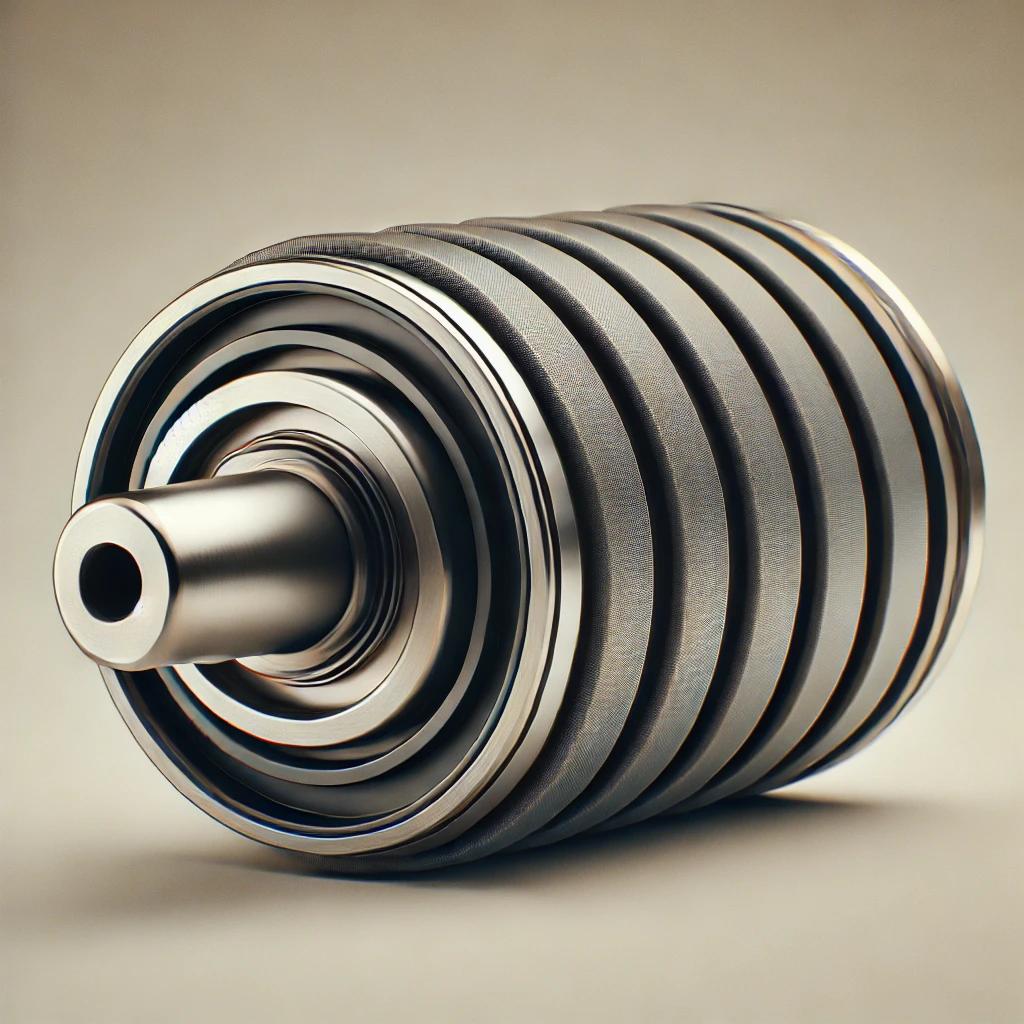
Drive rollers provide the mechanical force necessary to move steel materials along conveyor systems or through rolling mills. These powered rollers are typically motor-driven and ensure a continuous and controlled movement of steel products, which is vital for maintaining efficiency in automated processes, whether it’s transporting steel through the rolling mill or other parts of the production line.
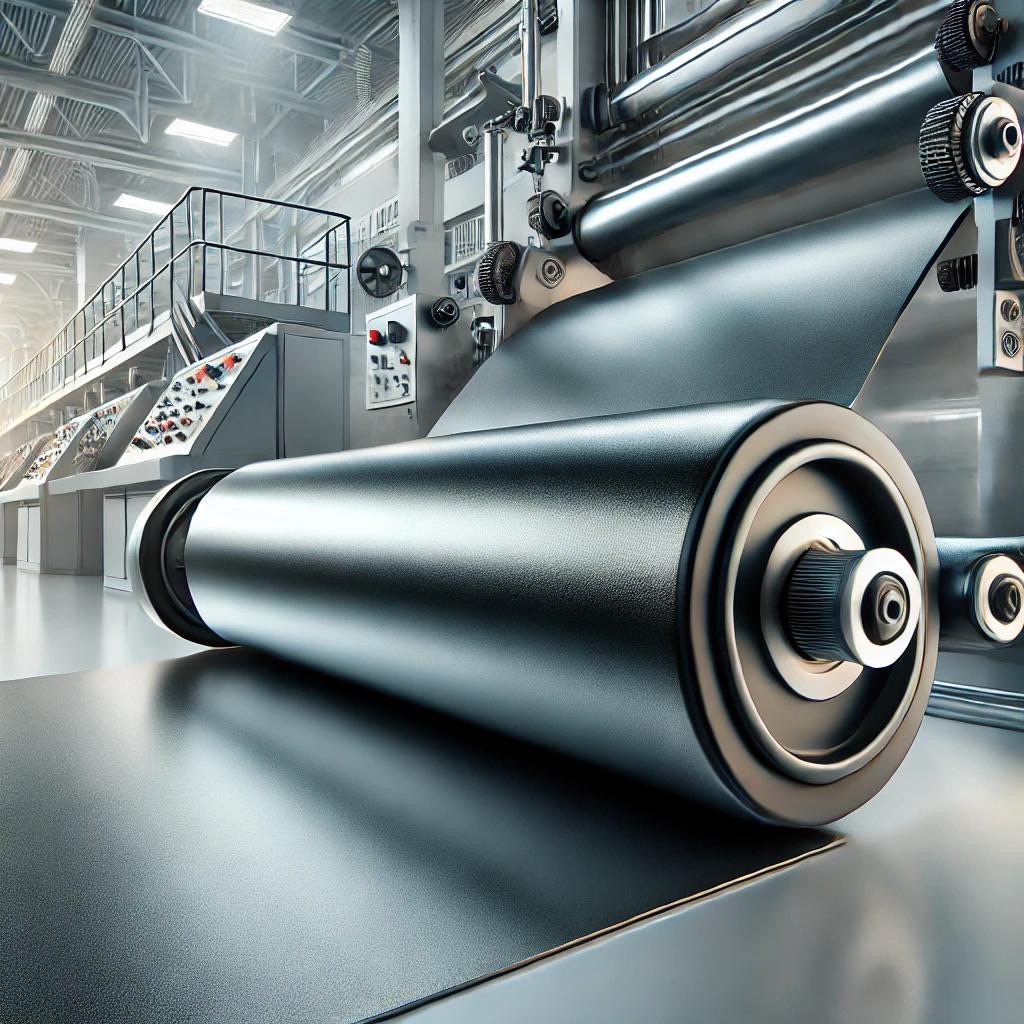
Work rollers are one of the most critical types of rollers in the rolling mill process. These rollers apply significant pressure to the steel, reducing its thickness and shaping it into the desired form, such as sheets, coils, or plates. The work rollers directly affect the final product’s quality and dimensions, making them essential for controlling the thickness and texture of the steel.
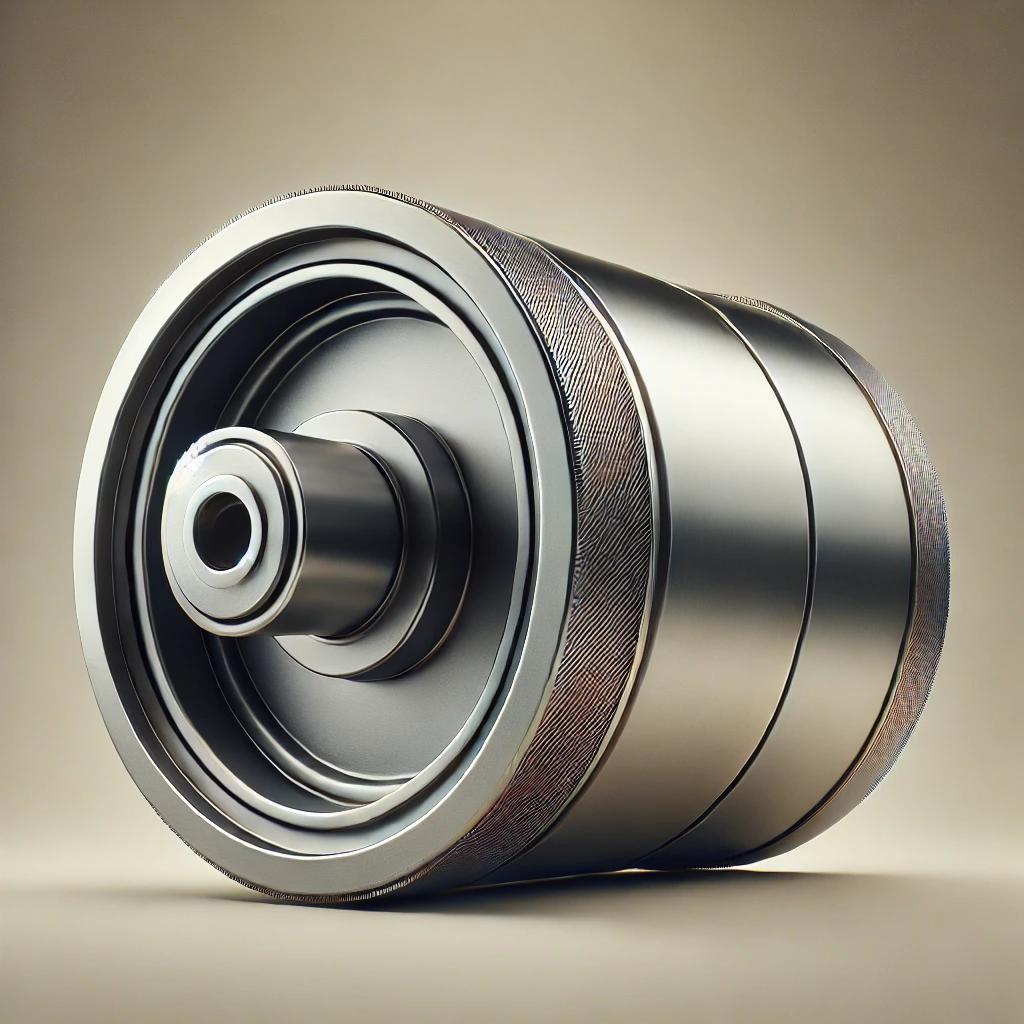
Backup rollers are used in conjunction with work rollers in rolling mills. Their main function is to provide additional support and stability to the work rollers, ensuring they apply consistent pressure to the steel. Backup rollers help distribute the force more evenly, preventing deformation and achieving the desired thickness and quality in the finished steel products.
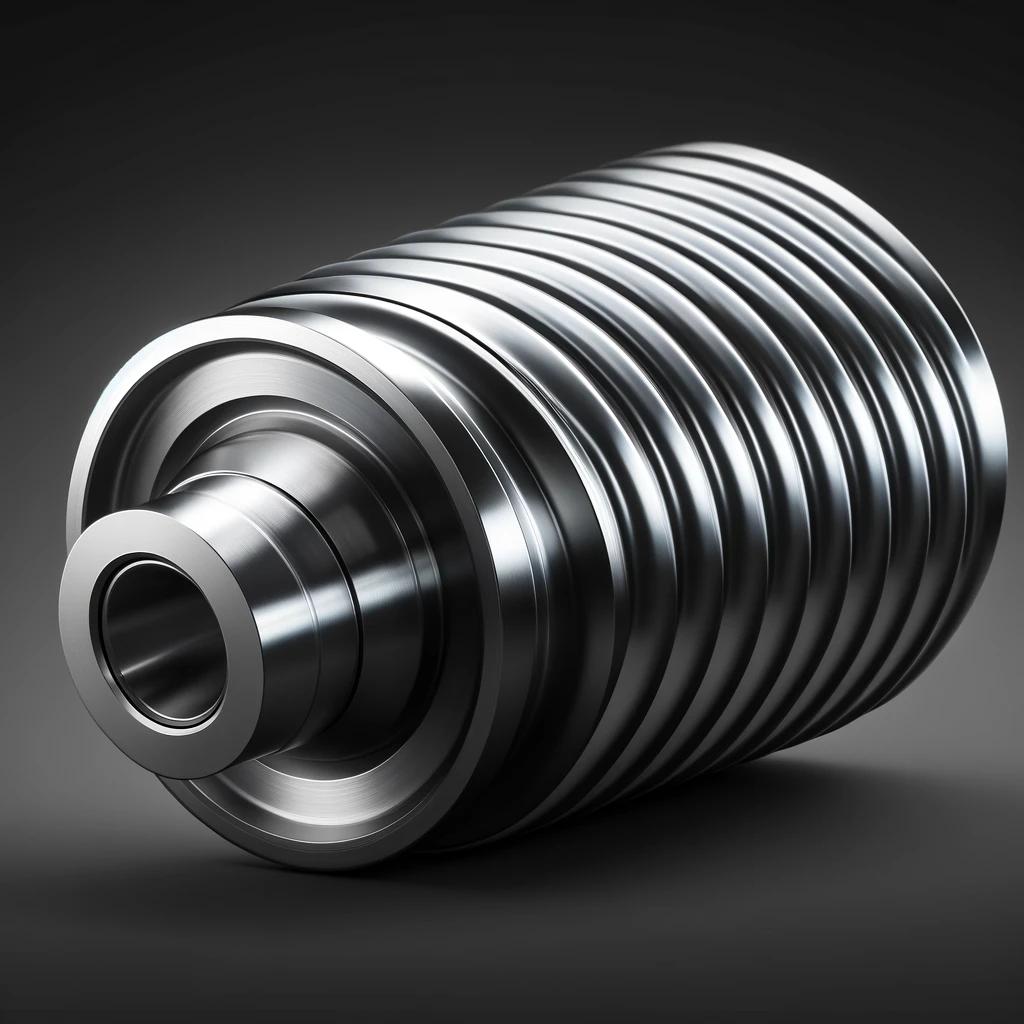
Tapered rollers are designed with a conical shape, which helps maintain proper alignment, especially during processes where the steel needs to be angled or shaped in a specific direction. These rollers are particularly useful in processes like shaping or edging, where precise control over the material’s alignment and shape is crucial.
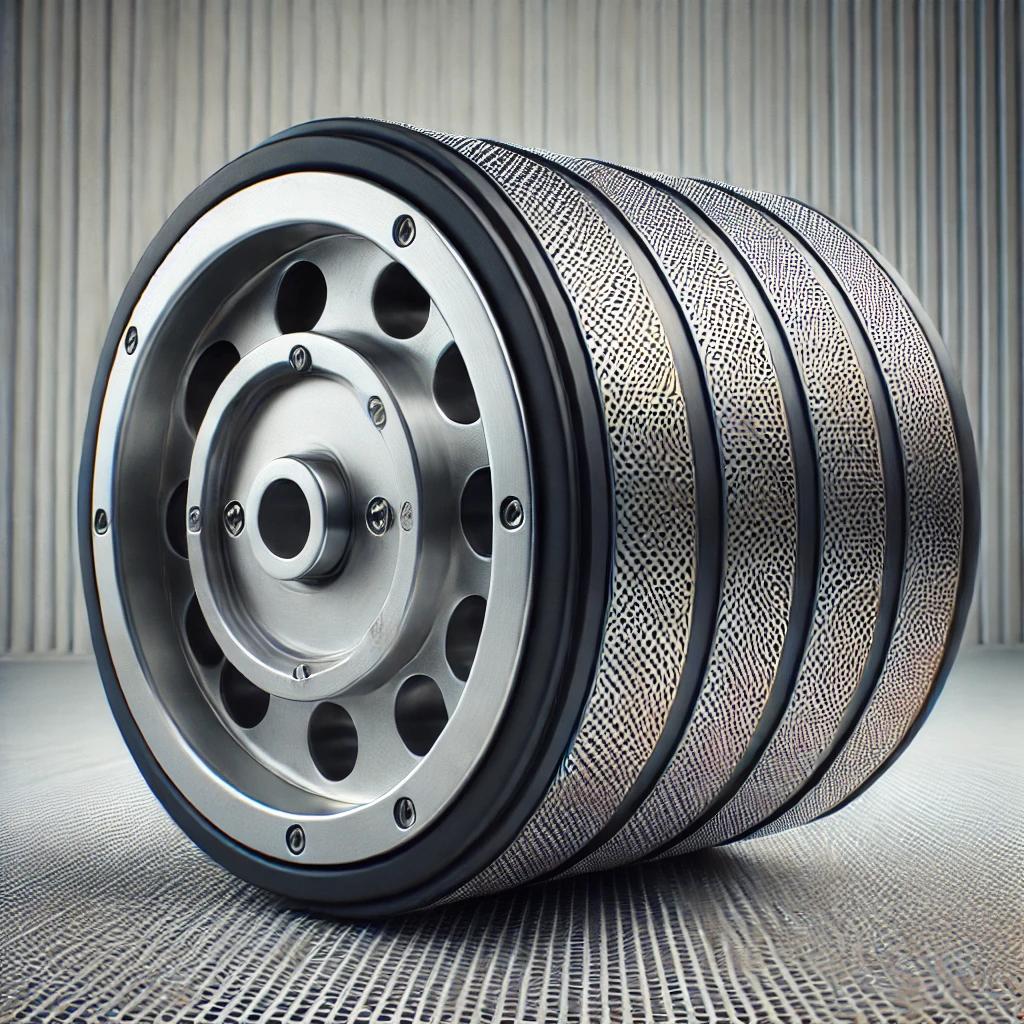
Pinch rollers are used to apply pressure to billets or slabs of steel, ensuring they stay in place as they are fed into the mill during processes like continuous casting. Pinch rollers play a crucial role in the consistency and efficiency of the production process, particularly in controlling the flow of material into the mill and ensuring it moves smoothly without slipping or misalignment.
+91 9848153145
Lorem ipsum dolor sit amet, consectetur adipiscing elit. Ut elit tellus, luctus nec ullamcorper mattis, pulvinar dapibus leo.
Pulvinar viverra facilisis tempus molestie nulla inceptos. Per sagittis urna rutrum ac suspendisse si sollicitudin iaculis lorem. Nisi rhoncus porttitor enim et arcu a suspendisse risus.
Pulvinar viverra facilisis tempus molestie nulla inceptos. Per sagittis urna rutrum ac suspendisse si sollicitudin iaculis lorem. Nisi rhoncus porttitor enim et arcu a suspendisse risus.
Pulvinar viverra facilisis tempus molestie nulla inceptos. Per sagittis urna rutrum ac suspendisse si sollicitudin iaculis lorem. Nisi rhoncus porttitor enim et arcu a suspendisse risus.
Pulvinar viverra facilisis tempus molestie nulla inceptos. Per sagittis urna rutrum ac suspendisse si sollicitudin iaculis lorem. Nisi rhoncus porttitor enim et arcu a suspendisse risus.
Pulvinar viverra facilisis tempus molestie nulla inceptos. Per sagittis urna rutrum ac suspendisse si sollicitudin iaculis lorem. Nisi rhoncus porttitor enim et arcu a suspendisse risus.
